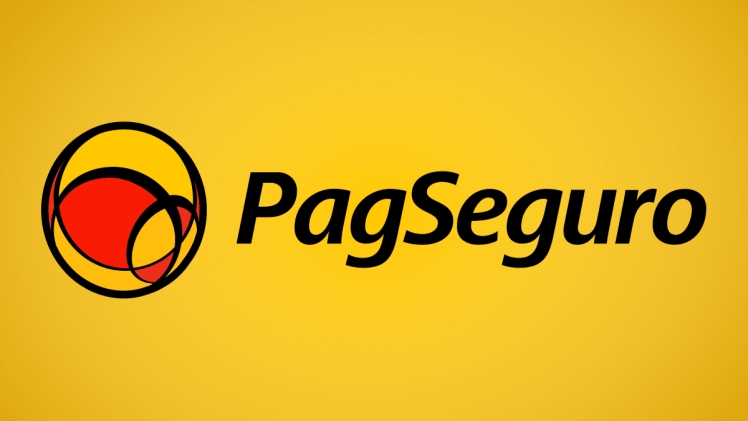In a world where our lives are increasingly intertwined with the internet, cybersecurity has become a top priority. While firewalls, encryption, and antivirus software dominate the conversation, there’s another crucial layer of defence that often gets overlooked: social cybersecurity.
This emerging field focuses not on protecting machines or code—but on safeguarding people from digital manipulation, social engineering, and behavioural threats. In this article, we’ll explore what social cybersecurity is, why it matters, and how you can protect yourself in a world full of phishing links, deepfakes, and online scams.
What is Social Cybersecurity?
Social cybersecurity is the practice of defending against threats that target human psychology rather than software vulnerabilities. It recognises that many cyberattacks are designed not to break into systems, but to manipulate people into giving away access.
Some of the most damaging attacks in recent history—think phishing emails, social media scams, and fake news campaigns—are examples of social cyber threats. These exploits don’t need sophisticated code. They just need someone to click, trust, or share the wrong thing.
In other words, while technical cybersecurity guards the locks, social cybersecurity protects the people holding the keys.
The Psychology Behind Social Cyber Threats
Hackers and bad actors have learned to exploit human emotions like fear, trust, curiosity, and greed. Understanding how these feelings work is key to crafting effective scams.
Common tactics include:
- Urgency and fear – “Your account will be locked unless you click this link immediately!”
- Authority impersonation – Fake emails from banks, government agencies, or your boss.
- Trust-based manipulation – Scams coming from a “friend” whose account was hacked.
- Reward-driven schemes – “You’ve won a prize!” or “Get rich quick!” offers.
These attacks are successful because they prey on natural human behaviour—not technical ignorance. You can have the strongest password in the world, but if you give it away to a convincing voice on the phone, you’re still at risk.
Where Social Cybersecurity Fails: Real-World Examples
Let’s take a look at some notable examples where social engineering overpowered traditional defences:
Phishing Emails
This is the most common social cyber threat. Users receive emails disguised as legitimate communications—often from banks, service providers, or even colleagues—containing malicious links or attachments.
SMS Phishing (Smishing)
These are scam messages that look like they come from delivery companies, mobile providers, or even the government. They aim to steal your login credentials or install spyware.
Impersonation on Social Media
Scammers can clone your Facebook profile or message your friends pretending to be you. Many people have fallen victim to “Hey, I’m in trouble, can you send me money?” scams.
Disinformation Campaigns
False information spreads rapidly on social media, often designed to stir division, influence political opinions, or cause harm. These attacks are especially dangerous because they exploit collective human behaviour.
How to Stay Safe: Social Cybersecurity Tips
So how do you fight back against psychological manipulation? The answer lies in awareness, critical thinking, and digital literacy.
-
Always Verify Before You Trust
Don’t trust links or attachments just because they appear to be from a known source. Double-check email addresses, URLs, and caller IDs.
-
Strengthen Your Social Media Privacy
Limit what strangers can see. Be cautious about who you accept as a friend or follower.
-
Educate Yourself and Others
Awareness is your first defence. Educate your family, friends, and coworkers about scams and phishing tactics. Create a culture of questioning suspicious messages.
-
Use Multi-Factor Authentication (MFA)
Even if your password gets compromised, MFA provides a second line of defence.
-
Pause Before You Click
If something seems too good to be true or creates a sense of urgency—pause. Think critically before taking action.
Real-Life Application: Social Security and Online Trust
Let’s say you’re enjoying a quiet evening browsing online entertainment. You stumble upon a sleek, trustworthy site offering top-rated games and blackjack tables. How do you know if it’s legitimate?
You should check for:
- An HTTPS-secure URL
- Positive user reviews
- Responsible gaming policies
- Transparent terms and conditions
A verified site like https://www.wolfwinner.fun/en/online-blackjack ticks all these boxes. It provides safe, regulated online blackjack with a clear privacy policy and SSL encryption—essential elements in protecting not just your funds, but your personal data and online behaviour.
Scammers often imitate trusted platforms with lookalike domains or fake bonus offers. That’s why social cybersecurity is essential when engaging in any form of online interaction—whether banking, gaming, or shopping.
Why Businesses Should Care About Social Cybersecurity
Organisations often focus on technical infrastructure, but a chain is only as strong as its weakest link—and more often than not, that link is a person.
Businesses can:
- Train staff on phishing and impersonation techniques
- Use simulations to test employee readiness
- Build internal reporting systems for suspicious activity
- Monitor social media for impersonation or brand misuse
Social cybersecurity must be embedded into company culture, not just added as a checklist.
The Future of Social Cybersecurity
As AI becomes more sophisticated, so will social cyber threats. Deepfake videos, AI-generated phishing emails, and even voice cloning are already being used in attacks.
Here’s what we can expect in the near future:
- AI-based phishing will become harder to detect
- Deepfakes will challenge our ability to trust video or audio proof
- Synthetic identities will blur the line between fake and real users
- Social bots will continue to manipulate public discourse online
To stay ahead, users and institutions alike will need advanced cyber awareness training, better verification tools, and strong partnerships with ethical technology providers.
Final Thoughts: The Human Firewall
In today’s digital landscape, your mind is your best antivirus. Social cybersecurity is about strengthening that human firewall—training ourselves and our communities to think critically, act cautiously, and question anything that doesn’t feel right.





